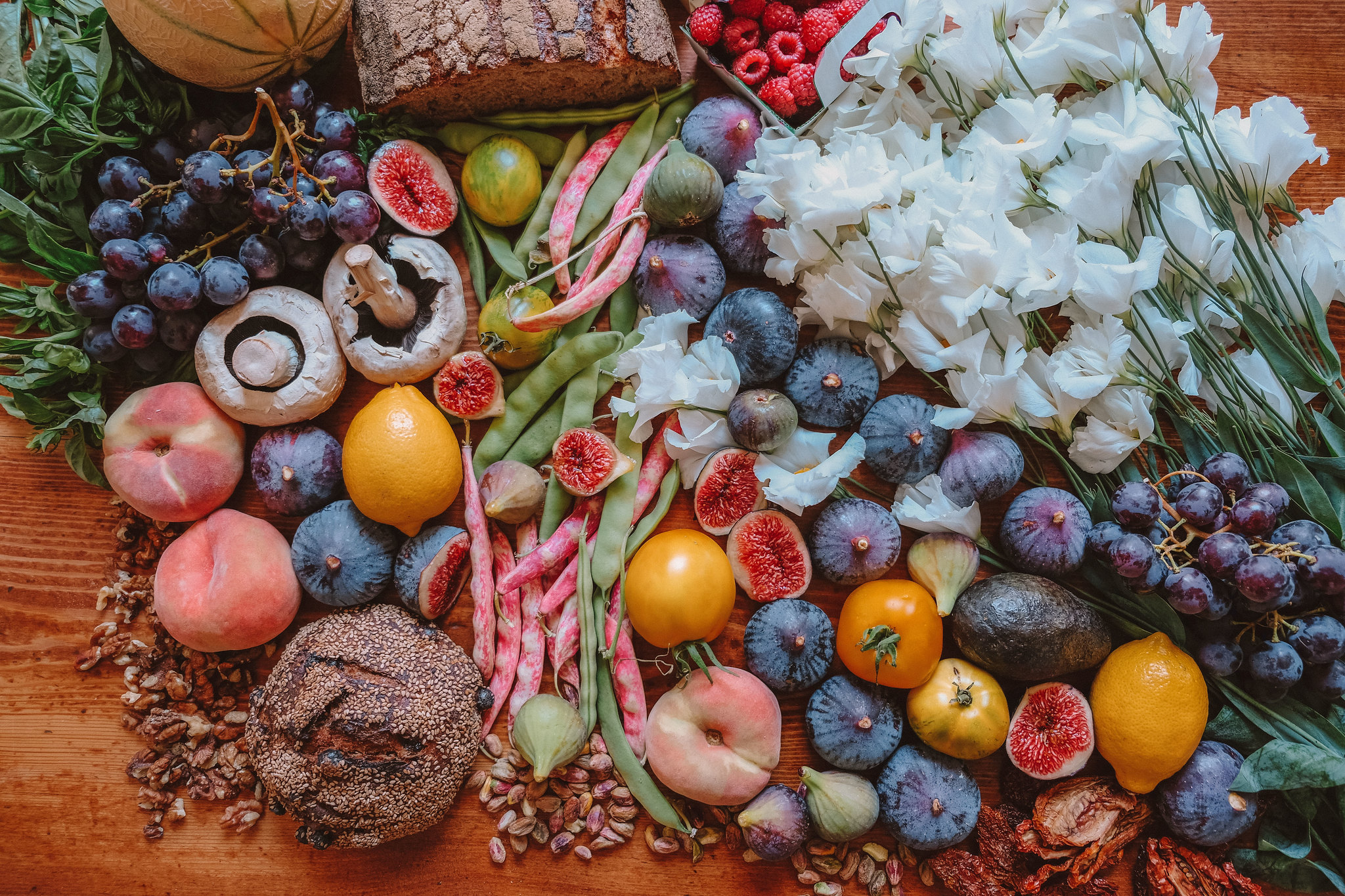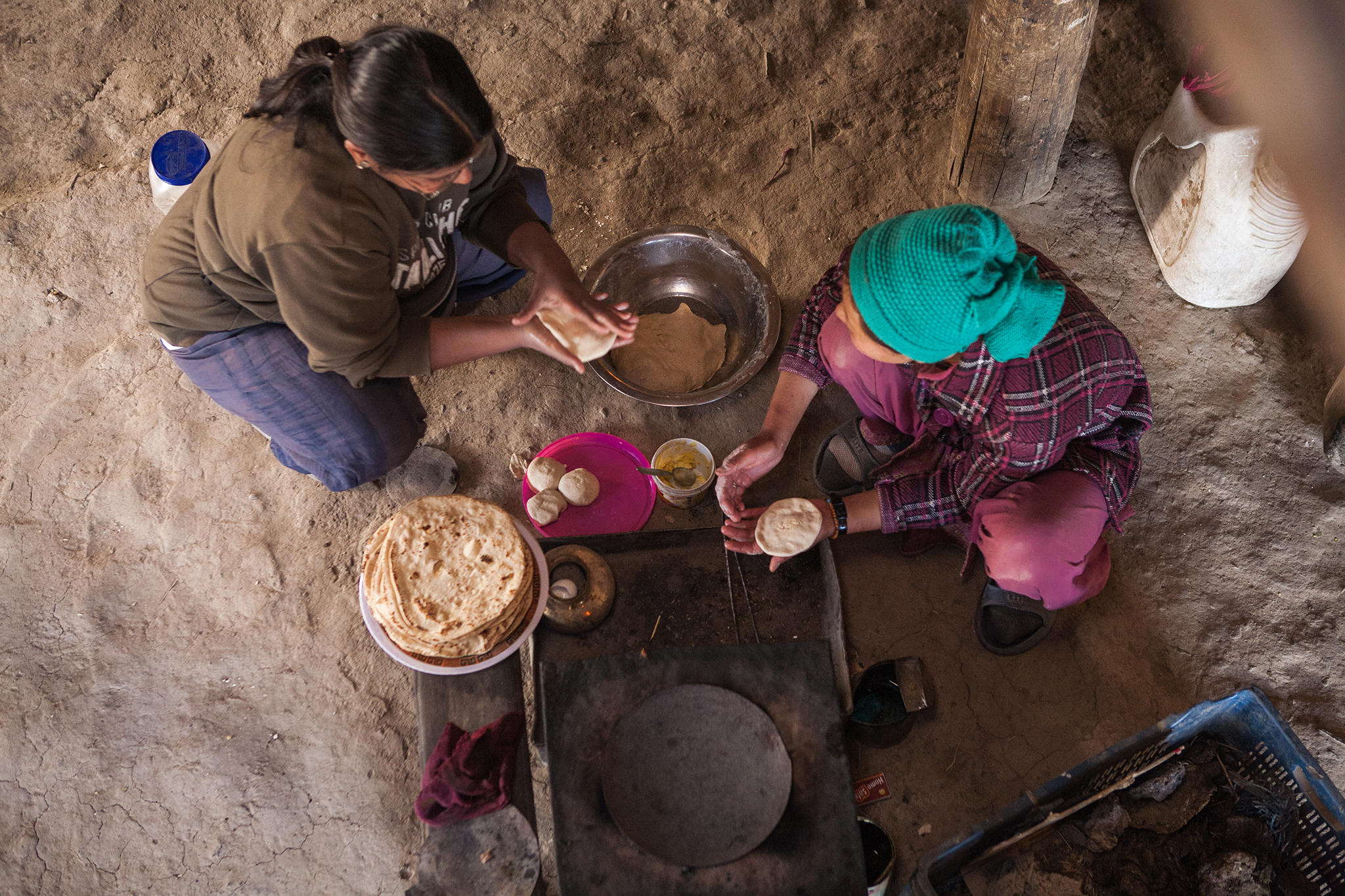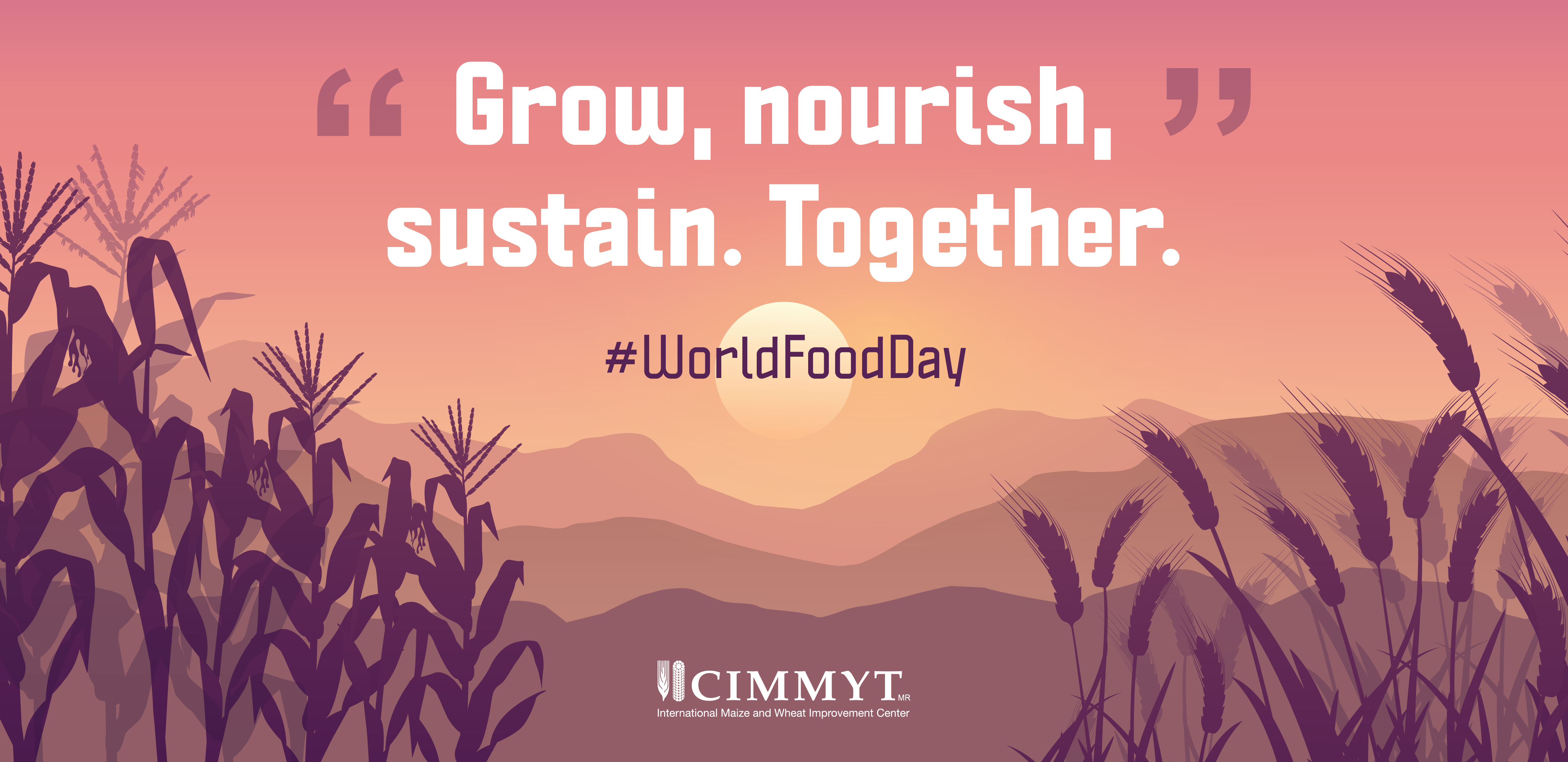
Like many development research and funding organizations, the Australian Centre for International Agricultural Research (ACIAR) is emphasizing a renewed commitment to a nutrition-sensitive approach to agricultural development projects.
As part of the International Year of Fruits and Vegetables, a recent blog proposed that one central issue of improved nutrition is consumption of more fruit and vegetables. We agree that a diverse diet including fruits and vegetables should be accessible to every person. Here we highlight the presence of a wider picture.
In the past decade, awareness has grown about the importance of diets that are rich in vitamins and minerals, and the need to combat micronutrient malnutrition which can lead to irreversible health outcomes impacting entire economies and perpetuating a tragic cycle of poverty and economic stagnation.
Lack of vitamins and minerals, often called “hidden hunger,” is not confined to lower-income food-insecure countries. In richer countries we clearly see a transition towards energy-rich, micronutrient-poor diets. In fact, populations throughout the world are eating more processed foods for reasons of convenience and price. To hit our global hunger and health targets we need to invest in nutrition-sensitive agricultural research and production as well as promoting affordable diets with varied and appealing nutrient-rich foods.
Alongside hunger, we have a pandemic of diet-related diseases that is partly caused by the over-consumption of energy-rich junk diets. This is because modern food formulations are often shaped towards addictive and unhealthy products. We see this in rising levels of obesity and diabetes, some cancers, heart diseases and chronic lung conditions.
Investing in agri-food research and improving nutrition will be much cheaper than treating these diet-related non-communicable diseases. Besides being healthier, many people will be much happier and able to live more productive lives.
Yet, the picture is bigger than micronutrient malnutrition. Even if new investments in research enable us to increase the production and delivery of fruits, vegetables and other nutrient-rich foods such as legumes and nuts, we will not have cracked the whole problem of food security, nutrition and health.
Besides “hidden hunger,” many hundreds of millions of people worldwide are hungry because they still lack the basic availability of food to live and work.

Enter cereals. Wheat, maize and rice have been the major sources of dietary energy in the form of carbohydrates in virtually all societies and for thousands of years: recent research in the Middle East suggests that the original “paleo” diet was not just the result of hunting and gathering, but included cereals in bread and beer!
There are three reasons why cereals are essential to feeding the world:
- First, nutritionists and medics tell us that cereals not only provide macronutrients — carbohydrates, proteins and fats — and micronutrients — vitamins and minerals. We now know that cereals are important sources of bioactive food components that are not usually classed as nutrients, but are essential to health all the same. These are compounds like carotenoids, flavonoids, phytosterols, glucosinolates and polyphenols, which are found naturally in various plant foods and have beneficial antioxidant, anticarcinogenic, anti-inflammatory and antimicrobial properties, likely to be important in mitigating and/or combating disease.
- Second, whole-grain foods, especially wheat, are also a major source of dietary fibre, which is essential for efficient digestion and metabolism. Fibre from cereals also nourishes the human gut flora whose products such as short-chain fatty acids have many health benefits including combatting some cancers. Eating such carbohydrates also helps us recognise that we have eaten sufficiently, so that we know when “enough is enough.”
- Third, cereal foods are relatively cheap to produce and to buy, and also easy to transport and preserve. Hence, supplies are relatively stable, and good nutrition from cereals is likely to remain accessible to less affluent people.
But all is not well with cereals these days. Cereals are under siege from climate change-related heat and drought, and new and more virulent forms of plant diseases, which threaten our agriculture and natural resources. There remains much research to undertake in this era of rapidly changing climatic conditions, and of economic and political stresses.
Here are a few strategies for agri-food research and its supporters:
- We can further increase the nutritional content of cereal foods through biofortification during plant breeding.
- We can produce disease- and heat-resilient varieties of grains that are efficient in the use of water and fertilizer, and whose production is not labor-intensive.
- By working with communities, we can adapt new production technologies to local conditions, especially where women are the farmers.
- We can enhance the quality of cereal foods through nutrient fortification during milling, and by better processing methods and food formulation.
- Experts in all agri-food disciplines can work together to inform and “nudge” consumers to make healthy food purchasing decisions.
Cereals matter, but in an age of misinformation, we still have to be cautious: Some people are susceptible to certain components of cereals such as gluten. People who are medically diagnosed with cereal intolerances must shape their diets accordingly and get their carbohydrates and bioactive food components from other sources.
So, we cannot live on bread alone: We should aim for diets which are rich in diverse foods.
Such diets include fruits and vegetables that must be accessible to people in different regions, particularly to the most vulnerable, and that provide different macronutrients, micronutrients and essential bioactive components. For most of us, the health-promoting content of cereals means that they must remain a major part of the global diet.
Nigel Poole is Emeritus Professor of International Development at SOAS University of London and Consultant at the International Maize and Wheat Improvement Center (CIMMYT).
Rajiv Sharma is Senior Scientist at the International Maize and Wheat Improvement Center (CIMMYT).
Alison Bentley is the Director of the Global Wheat Program at the International Maize and Wheat Improvement Center (CIMMYT).

 Innovations
Innovations 
